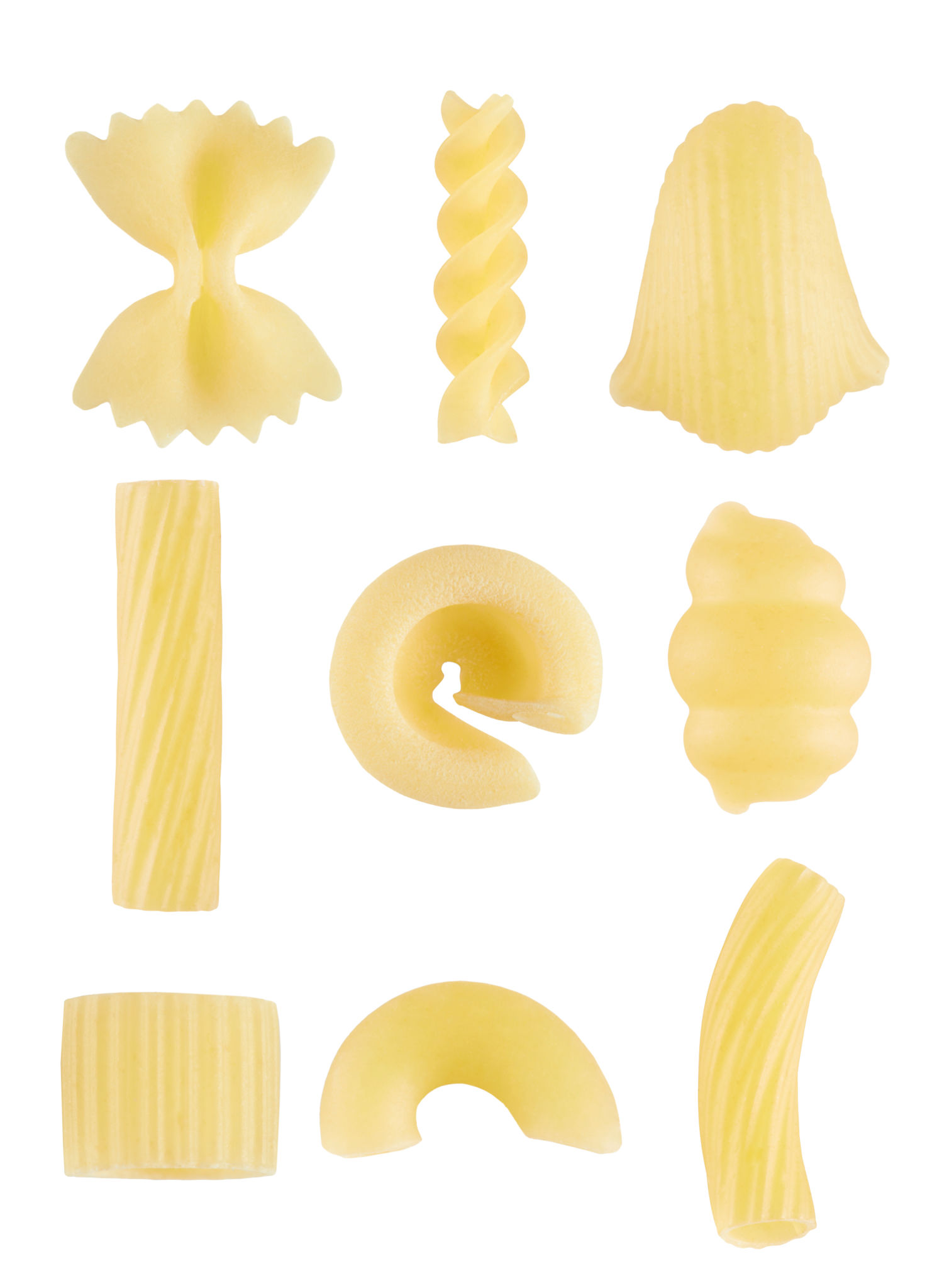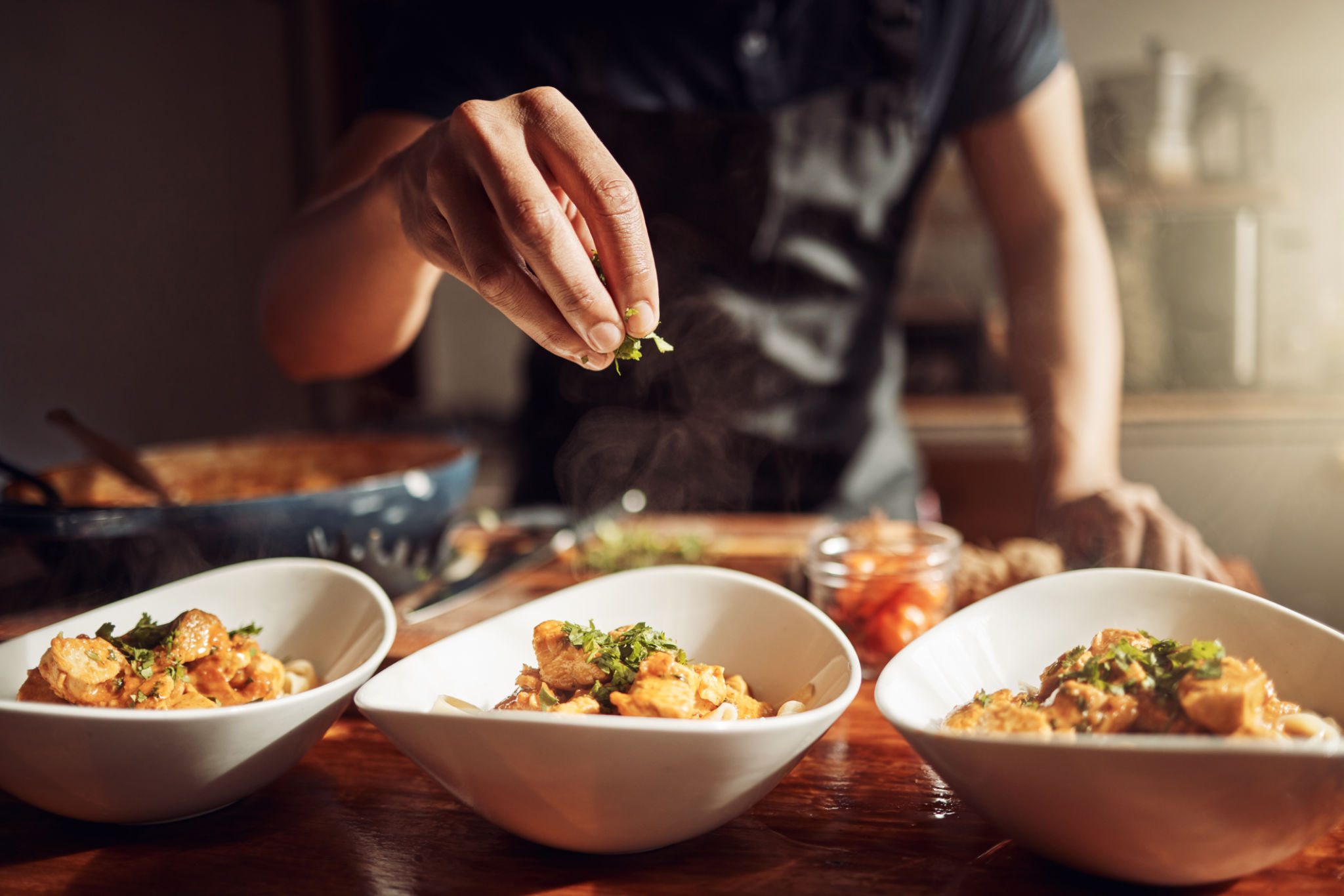Comparing Fresh vs. Dried Pasta: Which Is Better for Your Dish?
The Basics of Fresh and Dried Pasta
When it comes to pasta, the choice between fresh and dried can significantly impact the flavor and texture of your dish. Fresh pasta is typically made with eggs and flour, resulting in a tender and delicate texture. On the other hand, dried pasta is made from durum wheat and water, which gives it a firmer bite.
Both types of pasta have their own unique characteristics and are suited to different dishes. Understanding these differences can help you choose the right type for your culinary creations.

Flavor and Texture
Fresh Pasta
Fresh pasta tends to have a richer flavor due to the inclusion of eggs in its recipe. Its soft, silky texture makes it an ideal choice for lighter sauces, such as those based on cream or butter. These sauces can cling to the pasta, enhancing the overall taste experience.
Dried Pasta
Dried pasta, with its hearty texture, works well with robust, thick sauces such as Bolognese or puttanesca. The porous surface of dried pasta allows it to absorb flavors deeply, making it a versatile choice for dishes that require a more substantial base.

Cooking Time and Convenience
One key difference between fresh and dried pasta is the cooking time. Fresh pasta cooks quickly, often in just a couple of minutes. This can be a great advantage when you're short on time but still want to prepare a delicious meal.
Dried pasta takes longer to cook, typically around 8-12 minutes depending on the shape and thickness. However, it has a longer shelf life and is easy to store, making it a convenient pantry staple that you can have on hand for last-minute meals.
Nutritional Value
When it comes to nutrition, both fresh and dried pasta offer similar benefits, providing carbohydrates that are essential for energy. Fresh pasta may contain slightly more calories due to the presence of eggs, while dried pasta is usually lower in fat.
If you're watching your calorie intake or have dietary restrictions, it's worth considering how each type of pasta fits into your nutritional goals. Both options can be part of a balanced diet when consumed in moderation.

Versatility in Recipes
The versatility of pasta makes it a beloved ingredient worldwide. Fresh pasta is often used in delicate dishes like ravioli or tagliatelle with truffle oil, where its finer texture can be appreciated. It pairs beautifully with ingredients that complement rather than overpower its subtle taste.
Dried pasta, available in a wide range of shapes like penne, fusilli, or spaghetti, is perfect for more hearty recipes. Its ability to hold up well with heavier sauces makes it suitable for oven-baked dishes like lasagna or casseroles.
Conclusion: Choosing the Right Pasta for Your Dish
Ultimately, the choice between fresh and dried pasta depends on personal preference and the specific dish you are preparing. If you're aiming for a quick and light meal, fresh pasta might be your best bet. For dishes that require a more firm base and robust flavors, dried pasta could be the way to go.
Both types of pasta bring something unique to the table, so don't hesitate to experiment and find out which one suits your taste buds best. Whether you're crafting a gourmet dinner or whipping up a quick weeknight meal, understanding these distinctions will elevate your culinary experience.
